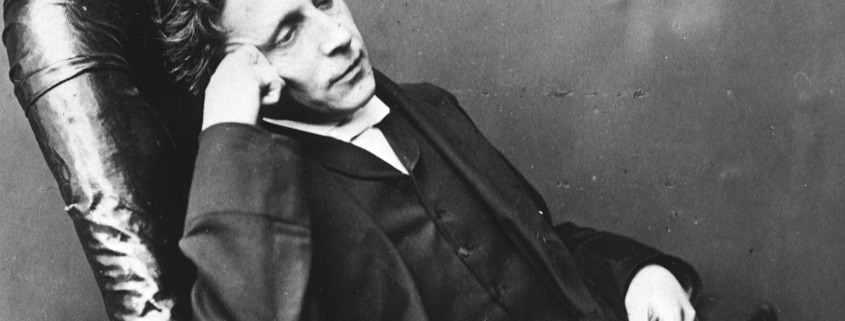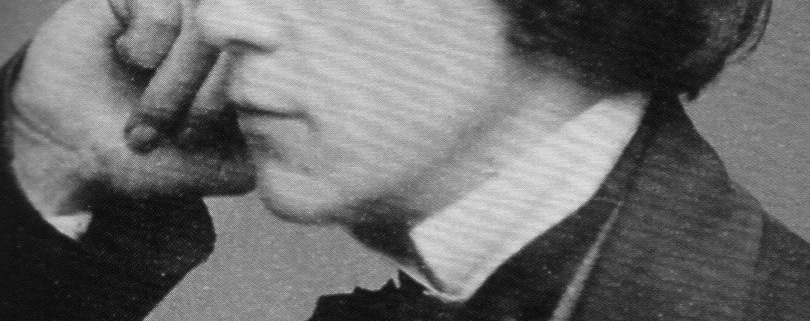Lewis Carroll is the pseudonym for which he is known in the history of literature Charles Lutwidge Dodgson (27 January 1832 – 14 January 1898) was an Anglican priest, logician, mathematician, photographer and writer, best known for his work Alice in Wonderland.
Young Charles began his education in his own home. His intellectual precocity was extraordinary. It has been said that he suffered childhood trauma when he was forced to counteract his natural tendency to be left-handed; although there is no evidence of this. He did suffer from another disability: a stutter that affected him in his social relationships throughout his life. He also suffered from deafness in his right ear as a result of illness.
In 1851 he moved to Oxford University. It was exceptionally gifted and easily achieved excellent results. In 1857 he obtained a position as a professor of mathematics that he would hold for the next 26 years. Four years later he was ordained a deacon.
At Oxford, he was diagnosed with epilepsy, which was a considerable social stigma. However, John R. Hughes, director of the University of Illinois (Chicago) has recently suggested that there may have been a diagnostic error.
It was specifically on an excursion, according to his diaries, on July 4, 1862, that Dodgson invented the plot of history that would later become his first and greatest commercial success. He and his friend, the Reverend Robinson Duckworth, took the three sisters Liddell (Lorina, thirteen, Alice, ten, and Edith, eight) for boat rides on the Thames. According to accounts of Dodgson himself, Alice Liddell and Duckworth, the author improvised the narrative, which enthused the girls, especially Alice. After the tour, Alice asked him to write the story.
Dodgson spent a night composing the manuscript and gave it to Alice Liddell over the following Christmas. The manuscript was titled “The Underground Adventures of Alice”, and was illustrated with drawings by the author himself. It is speculated that the play’s heroine is based on Alice Liddell, but Dodgson denied that the character was based on any real person.
In 1864, Lewis Carroll was about to publish Alice in Wonderland. In January of that year, Carroll asked John Tenniel to do the illustrations for the book.
The latter thought about it for several months, until he agreed, in April, to illustrate the work with 34 vignettes, in exchange for a payment of 138 pounds. For the illustrations, Tenniel received precise instructions from Carroll, to ensure that the illustrations reflected the world of the work as the author imagined it. Carroll even gave her a photograph of the girl Mary Hilton Badcock to use as a model for Alice.
It is not known if Tenniel accepted the proposal. On the one hand, from what can be seen in the illustrations, it seems that yes, because the Alice that Tenniel drew is very similar to Badcock.
But, conversely, a letter Carroll wrote suggests that Tenniel ignored the recommendation.







